Chinese researchers and their international counterparts have recently established a rice gene index database for breeders to improve the quality of rice varieties, according to a Science and Technology Daily report published Thursday.
Rice cultivated in Asia is a staple food for half the world's population. There is an urgent need to breed new varieties that are more productive, rich in nutrients, environment-friendly and climate-resilient.
Researchers from Huazhong Agricultural University and institutions in the Philippines, the United States, France and Saudi Arabia studied the high-quality genomes that represent the subpopulation structure of Asian rice, and built a genome inversion map.
After analyzing the map, they developed the world's first comprehensive rice pan-genome database based on gene clusters of the same origin. The database can provide comprehensive information for every rice gene, such as the gene's generic name, sequence, function and expression.
The database can also provide users with diverse modules and tools to facilitate the search, analysis and visualization of different germplasm genes and gene homology relationships.
According to Zhang Jianwei, a lead researcher at Huazhong Agricultural University, there are about 5 million rice germplasm and wild relatives in the world. The genomic variation of these resources contains important information for variety improvement.
The study was published in journals Nature Communications and Molecular Plant.












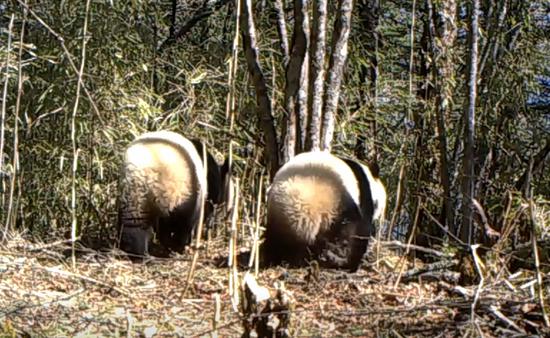
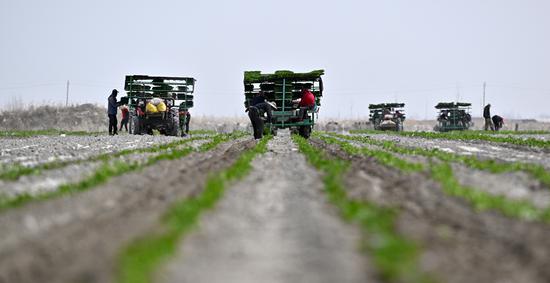



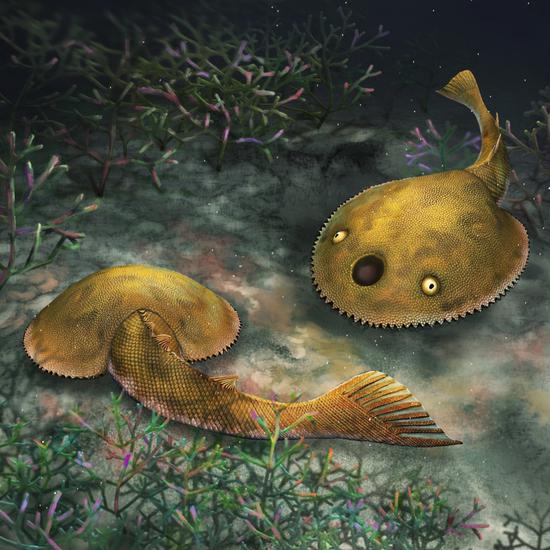
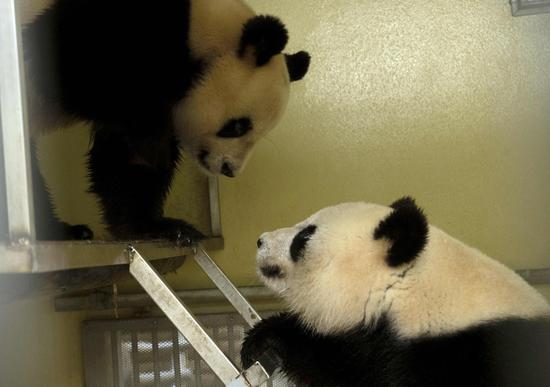










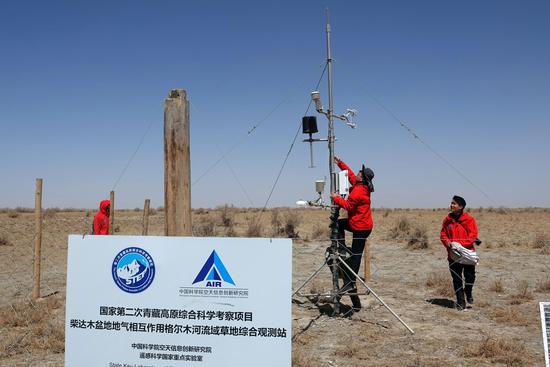

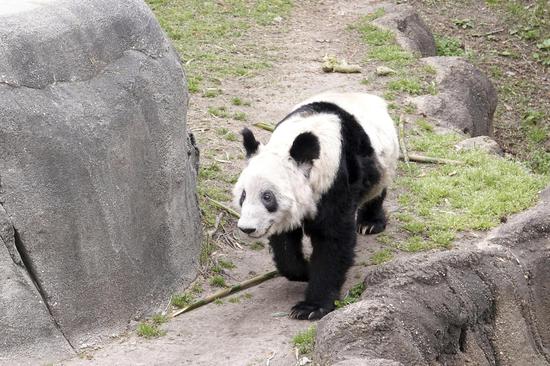
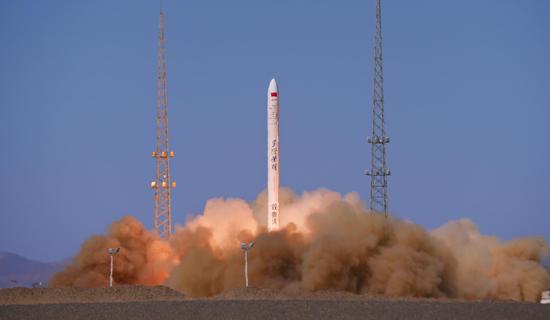







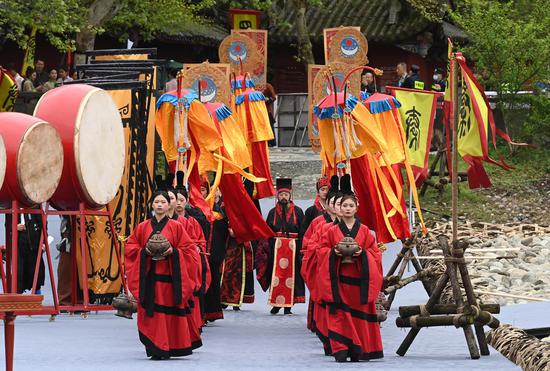









 京公网安备 11010202009201号
京公网安备 11010202009201号